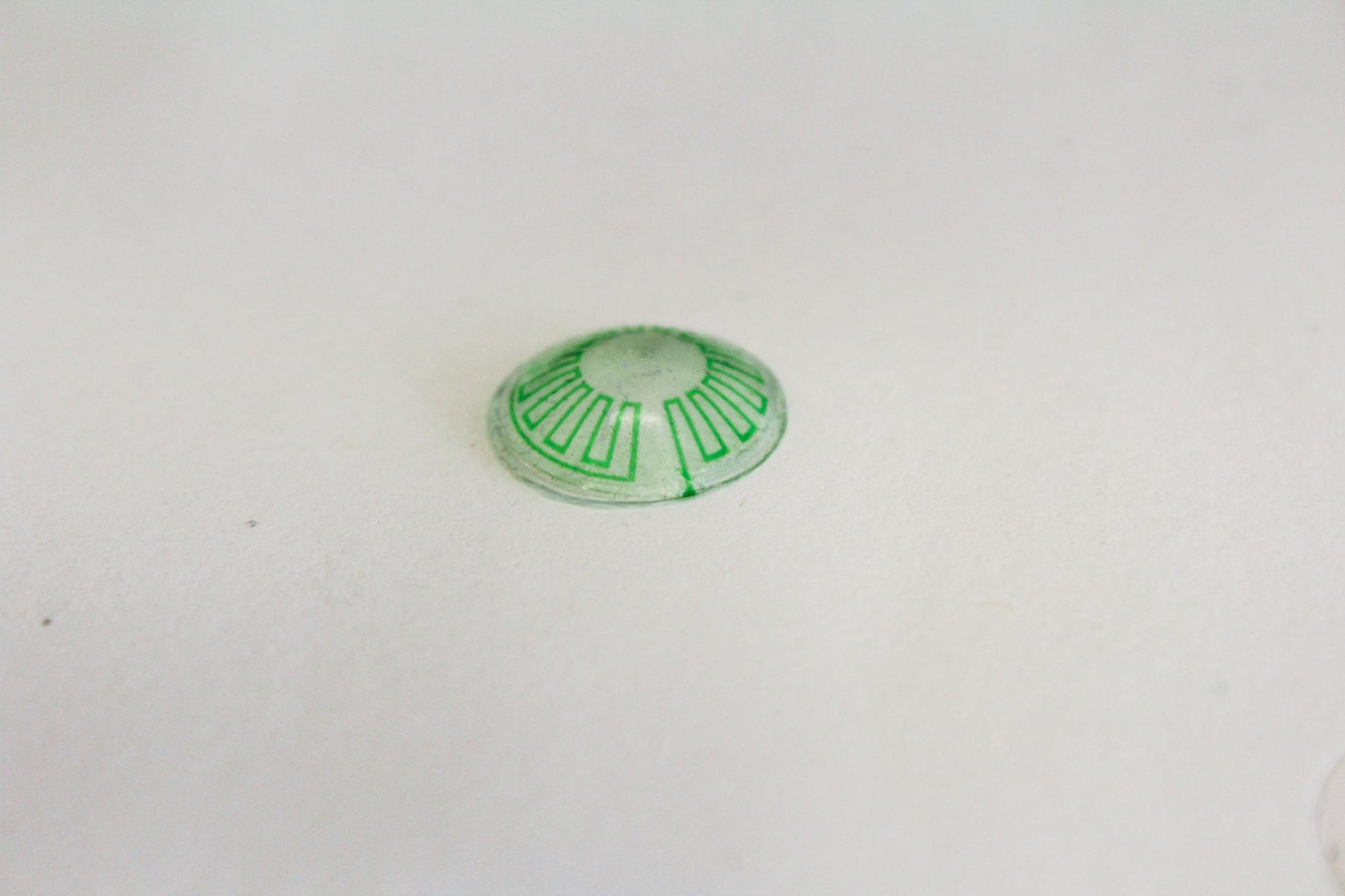Angelica Campigotto, a PhD Mechanical Engineering candidate first learned about the Lab2Market program last year, but she felt that the timing just wasn’t quite right, however thoughts on the program stuck with her. This year when the program was recruiting for the 2021 Ontario cohort, Angelica spoke with the coordinators and with support from her supervisor Dr. Yongjun Lai, decided it was time to determine if her research could move from the lab to a viable product.
The application process involved several steps. First, the application to the program, followed by an interview with someone from the program and then a written document for Mitacs. This process ensured that she was ready to move forward.
“I’ve been working on this device for four years now,” says Angelica. “I’m hoping the program will help to determine the market viability and how to take the next steps in getting it to market.”
The device is a contact lens with an embedded oil-filled microchannel. A smartphone camera is used to measure movement of the oil within the channel enabling accurate calculation of the intraocular pressure (IOP).

The most common current method requires in-house tonometry, where a patient needs to schedule an appointment every 4-6 months with severe cases and 12 months for less severe cases months, which only gives the doctor glimpses of the IOP based on the patient at the time of the appointment. With the novel contact lens device, patients can wear the contact lens and take several measurements over the course of a day for many days to provide a better diagnosis for the patient.
Angelica hopes that the Lab2Market program will help her on the path to get the device to market. The program, in its second year, started on May 11 and runs for 16 weeks. Its aim is to help researchers validate their ideas with the purpose of finding commercial value for their technologies or inventions.
“I’m looking for support on the path forward with the contact lens,” says Angelica of her expectations from the program. Just in the early stages of the program, Angelica is going through the business model modules and learning how to do market research interviews from both doctors who would be giving the device to patients as well as the end users.
She credits Queen’s Partnerships and Innovation (QPI) with providing support in the development of the contact lens. Michael Wells, Partnerships Development Officer, has been involved from the beginning of the research including assessing the commercial and clinical merit of the contact lens system. He arranged the filing of patent applications and assisted in setting up connections with contact lens manufacturers and app developers – connections that will come in handy as the device moves closer to commercialization.
Looking beyond the Lab2Market program, Angelica acknowledges that there are still key research milestones that need to be completed. So far, the device has been successful in measuring IOP on cadavers with good results but has not yet gone through human trials.
“We’re hoping to get started on human trials as things start to re-open after the pandemic,” says Angelica.
In the meantime, Angelica will be powering through interviews with patients, ophthalmologists, health care providers and insurance providers to figure out the direction of the IOP device. It’s enough to keep her busy for the summer months.
